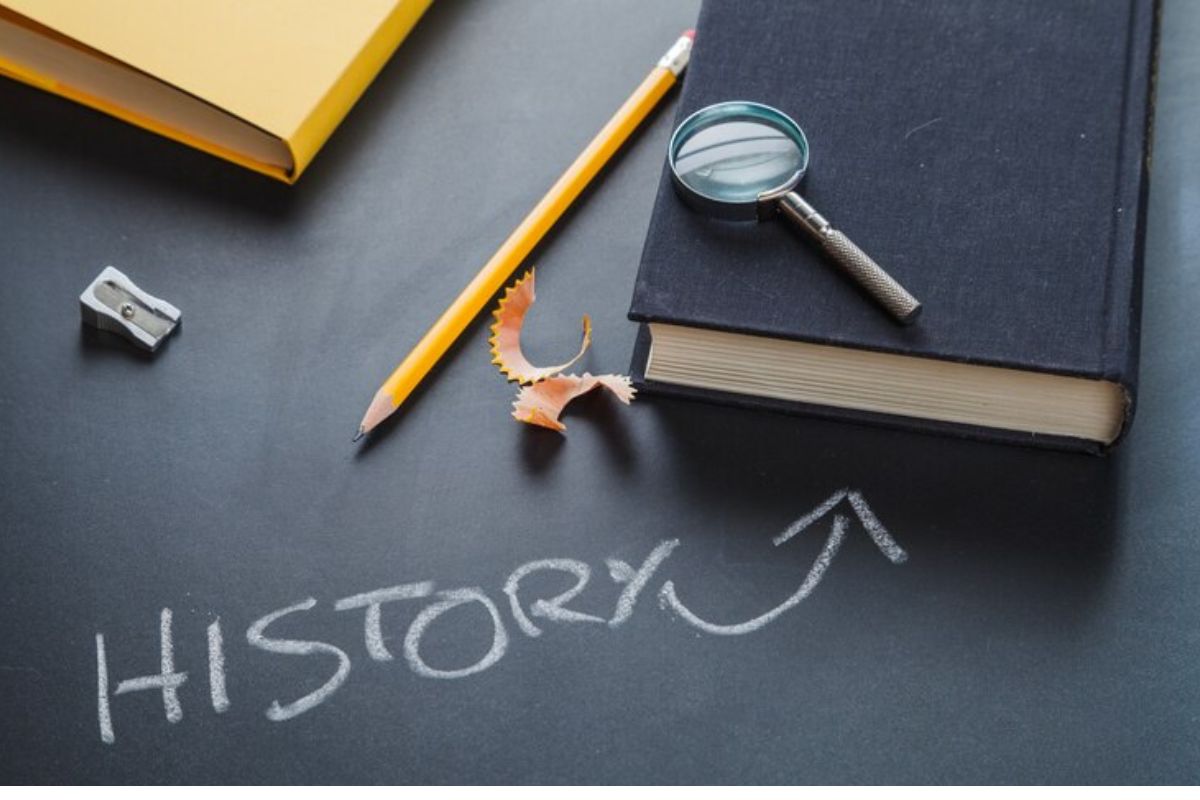The intricate process of education consists of skill development, methodical learning, and the cultivation of ideals essential for both society and individual advancement. Formal education offers a structured curriculum designed to convey fundamental information in a variety of areas. It usually begins in early childhood and progresses through primary, secondary, and higher education levels. These learning environments foster students’ academic success in addition to the development of their critical thinking, problem-solving, and social skills. Interactions with the environment, alone study, and experiences all add to informal learning—which is just as important as formal education. Vocational and technical information offers additional opportunities for the development of practical skills and job preparedness.
Ancient Foundations
Education in Mesopotamia and Egypt
Formal education was first established in ancient Egypt and Mesopotamia, the birthplace of civilization. Scribes and scholars transmitted knowledge, and they also penned the first sections of educational histories.
The Greek Philosophers and Pedagogy
The intellectual minds of antiquity, including Socrates and Plato, revolutionized education. The ideals of discussion, critical thinking, and the pursuit of wisdom have shaped it for thousands of years.
Medieval Monasteries to Renaissance Revival
Monastic Education
Religious organizations and education were intertwined during the Middle Ages. Monasteries and cathedral schools became as educational hotspots where knowledge was carefully gathered and maintained.
Renaissance: A Rebirth of Learning
During the Renaissance, classical education saw a comeback, with a renewed focus on the liberal arts. The printing press, a technical marvel, democratized access to information and sparked an intellectual awakening.
The 19th Century Reforms
Compulsory Education Laws
In 19th century, Revolutionary changes in education were predicted. Globally, legislation requiring knowledge became enforceable, opening up access to education for a broader segment of society. This change was driven by the Industrial Revolution’s need for a trained labor force.
Progressive Education Theories
Philosophers of education underwent a paradigm shift when progressives like John Dewey adopted their ideas. The growing acceptance of student-centered learning and experiential learning has influenced the educational landscape for many years
20th Century and Technological Turn
Technological Advancements
Technology and education came together in the 20th century. With the introduction of audiovisual aids and the growth of remote learning, technology has become an indispensable tool for it.
Globalization and Inclusivity
Globalization was embraced in this scope as the world became more linked. The three main ideals of multiculturalism, diversity, and inclusivity helped pupils develop global perspectives.
21st Century
Education in the modern day has grown more worldwide and places greater emphasis on diversity, inclusion, and technological integration. Information is now more accessible than ever because to the transformation of information brought about by e-books, interactive multimedia, and online learning platforms.
E-Learning and Online Platforms
Education has expanded beyond historical bounds in the 21st century. E-learning is a revolutionary force in the modern educational environment, changing the ways in which knowledge is gained, shared, and experienced. With its readily available and adaptable learning settings, e-learning platforms, interactive multimedia, and virtual classrooms have proliferated.
Challenges and Opportunities
In spite of technology developments the problems still exists. Socioeconomic disparities, concerns about access, and the requirement for specialized approaches bring attention to the ongoing discourse on educational inclusion.
Conclusion
From prehistoric times to the digital era, we can see how education has evolved into a complex and dynamic story. Driven by a shared commitment to elevating minds, creating a brighter future and catalyst for societal change, is still evolving today
Frequently Asked Questions
1. What is education?
Answer: It is the systematic process of acquiring knowledge, abilities, beliefs, and attitudes via a range of approaches, such as training, research, and instruction. It is essential to the growth of the individual, the advancement of society, and the production of knowledgeable people.
2. When did formal education begin?
Answer: Ancient Egypt, Greece, and Mesopotamia all had structured educational systems, indicating the lengthy history of organized learning. But formal type did not emerge overnight; rather, it took centuries, with the Renaissance and the Middle Ages seeing some of the biggest changes.
3. What is the history of education?
Answer: There are many centuries and continents in its long story. There are several significant turning moments covered, including the establishment of schools in ancient Greece, the influence of monastic knowledge in the Middle Ages, and the revolutionary developments of the 19th century. Continuous adjustment to societal demands and technical breakthroughs characterizes history.
4. How has education evolved over time?
Answer: Formal institutions have replaced informal apprenticeships and other early methods of information transfer in its evolution. Technological advancements, societal changes, and educational philosophies have shaped the evolution, with now a day it is incorporating online learning, global collaboration, and personalized approaches.
5. What role did philosophy play in shaping education?
Answer: Philosophy have influenced educational aims and practices. Thinkers like Socrates, Plato, and John Dewey influenced pedagogical approaches, emphasizing critical thinking, experiential learning, and the development of well-rounded individuals.
6. When did compulsory education become widespread?
Answer: In the 1800s, compulsory schooling expanded in popularity. Many countries have implemented laws requiring children to attend school, reflecting a recognition that it is vital to the development of both society and the individual.
7. How has technology impacted education throughout history?
Answer: Technology has a great impact on it as technology has improved access to knowledge, revolutionized teaching techniques, and opened the path for developments such as online learning and interactive multimedia since the invention of the printing press in the Renaissance.
8. What are the global goals for education?
Answer: The fourth Sustainable Development Goal (SDG) of the UN is to guarantee inclusive, high-quality for all. It places a strong emphasis on gender equality, educational accessibility, and the acquisition of necessary skills to tackle contemporary issues.
